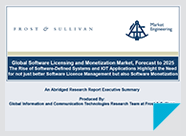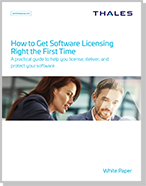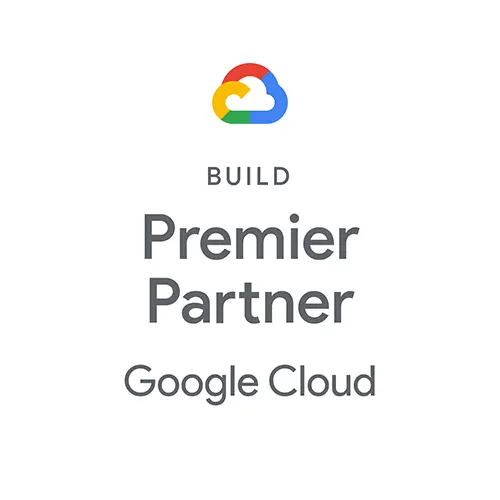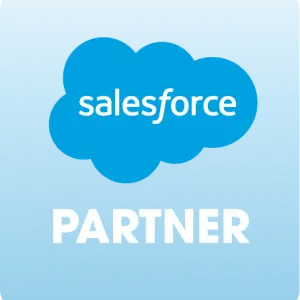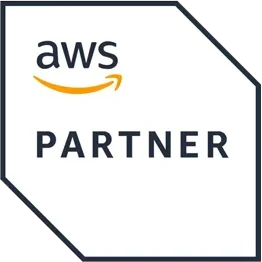Software piracy occurs when people copy, sell, share, or distribute software illegally. It can vary from a limited case of installation of a single-user license on multiple computers to a more chronic problem of widespread online distribution. Regardless of the rationale or delivery method, it is still software piracy.
Although most computer users today are aware that unauthorized use and duplication of software is illegal, many show a general disregard for the importance of treating software as valuable intellectual property: Over half of the world’s personal computer users — 57 percent — admit to pirating software. Thirty-one percent say they do it “all of the time,” “most of the time,” or “occasionally,” and another 26 percent admit to having stolen software, but only “rarely.” These are among the findings of a survey of nearly 15,000 computer users across 33 countries conducted as part of the ninth annual BSA Global Software Piracy Study.
According to the BSA (Business Software Alliance), malware from unlicensed software costs companies worldwide nearly $359 billion a year, and unlicensed software accounts for 37% of software installed on personal computers.
Piracy Protection Considerations
- Cost and strength — When considering anti-piracy protection, cost and overall strength of the solution are important elements to analyze.
- Total development time — The time required to implement your anti-piracy solutions is also important. Anti-piracy technology is frequently implemented at the end of the development cycle, when time to market is limited.
- Geographic location — Vendors must also consider the geographic location for software sales. If an application is to be sold into a region with exceptionally high software piracy rates, it may be worthwhile to incorporate maximum anti-piracy software protection. Sentinel software protection solutions enable you to easily alter the levels of security at fulfillment time without requiring any development change.
- Available resources - Finally, total resources available must be considered to ensure developers are available to add the desired protection.
Types of Software Piracy
- Softlifting: Purchasing a single licensed copy of software and loading it onto several computers contrary to the license terms. For example, sharing software with friends, co-workers and others.
- Uploading and downloading: Making unauthorized copies of copyrighted software available to end users connected by modem to online service providers and/or the Internet.
- Software counterfeiting: Illegally duplicating and selling copyrighted software in a form designed to make it appear legitimate
- OEM unbundling: Selling standalone software that was intended to be bundled with specific accompanying hardware
- Hard disk loading: Installing unauthorized copies of software onto the hard disks of personal computers, often as an incentive for the end user to buy the hardware from that particular hardware dealer
- Renting: Unauthorized selling of software for temporary use, like you would a video.
Software Piracy Myths and Facts
1. Software piracy is a victimless crime - Nothing could be further from the truth! According to industry statistics, illegal software use costs developers worldwide over $60 billion a year in lost revenues, with more than $10 billion lost in North America alone. In Central and Eastern Europe, an average of 61% of the software in use is illegal. In some Asia Pacific and Eastern European markets, 90% of software is unlicensed.
2. Software copy protection makes the software more expensive - On the contrary: the price of software copy protection is negligible compared to the losses incurred by developers through the pirating of their software. In fact, by protecting their software and thereby increasing their revenues, developers can afford to supply better software at competitive prices. True, not everyone who copies software today would buy it tomorrow if it were protected, and protection may put off a few potential customers. However, there is no doubt that in the vast majority of cases the investment in protection pays off handsomely in increased sales and profit.
3. Software copy protection gets in the way of the legitimate user - The new, more sophisticated types of software protection licensing - of which HASP is the leading example - not only don't get in the way of legitimate end-users, they actually benefit them. Protection safeguards the integrity of the software. The end-user is thus assured that the software cannot be tampered with in any way. Plus, higher revenues for developers mean that down the line, users will benefit from better, high-quality software. Large organizations that are legally liable for the software they purchase, have a clear interest in preventing the unauthorized distribution of their software. Often, the users themselves request that the software be protected, to ensure that it won't be used illegally - thus causing the organization harm.
4. Inexpensive software is not copied - Some people attack the concept of software protection by arguing: "Make software cheaper, that's all. People don't copy inexpensive software, and you'll sell more copies of your product". But things are not so simple. Developing a software product requires a huge investment of time and money and this work never ends. To succeed in tomorrow's market, developers must invest today. The argument that people don't copy inexpensive software is obviously false. Check a few PCs around you and you'll probably find that most copied programs are actually the cheaper ones.
5. Since any software protection and licensing system can be cracked, software copy protection is useless - Only the first part of this myth is true: any software protection system can be cracked, just as any lock can be picked or any door can be broken. However, the aim of software copy protection is to provide protection for a reasonable period of time. Software cannot be protected forever, but it can definitely be protected long enough - i.e., until a new version of the product is released. This new version should be protected again, with a protection system that was also improved in parallel, thus assuring a long and profitable sales life for the protected application.

